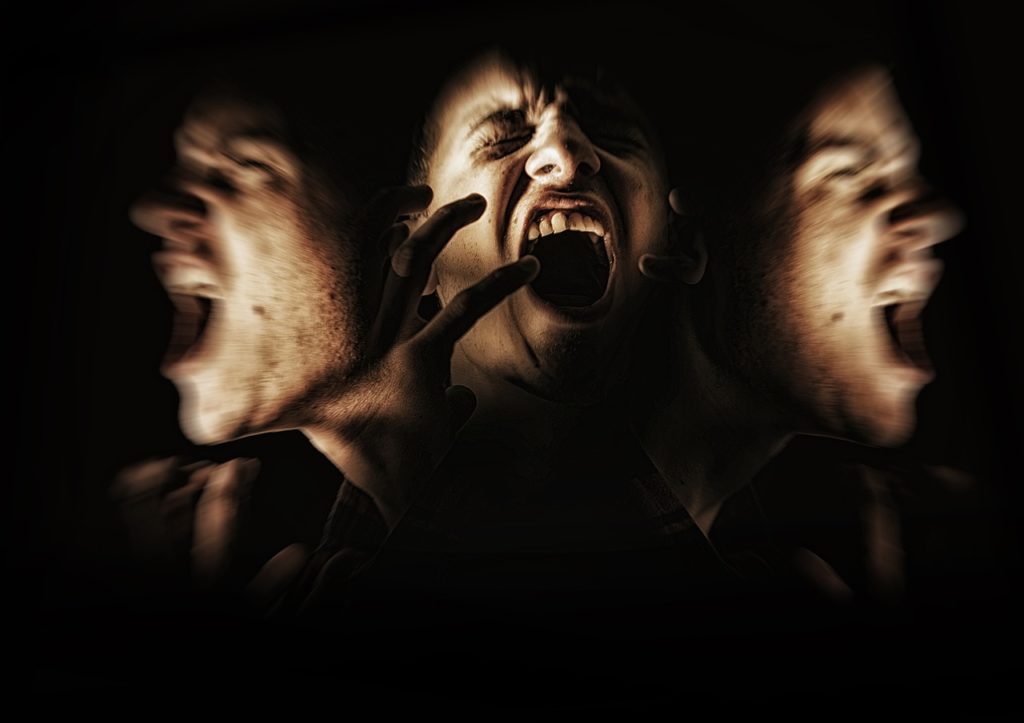We are all familiar with some eating disorders such as anorexia or bulimia, especially in a scenario where obesity is classified as a global pandemic, and our knowledge of nutrition is higher than ever before in history. However, there are still various disorders that, due to their rarity, are not usually addressed by the media. Here we share 14 of these disorders that are not so well known:
#1. Pseudorexia
It is about the desire to eat inedible materials such as dirt, paper, or sand. It occurs when a person feels the need to perceive a certain texture in the mouth, but that can be harmful to the body.
#2. Trichophagia
Hair consumption habits at different levels mark this eating disorder. People with long hair who suffer from trichophagia chew down the ends of their hair. Hair can over time accumulate in the gastrointestinal tract (occasionally, and depending on the severity of symptoms), causing indigestion and stomach pain. Trichophagia is also usually associated with trichotillomania: a recurring and irresistible habit or behavior aimed at pulling one’s hair or hairs from different areas of the body. Although studies have not been conducted on large groups of the population until 2009, it is estimated that trichotillomania occurs in around 0.6% of the total population.
#3. Body Dysmorphia
It is a person’s excessive and permanent preoccupation and obsession with their physical appearance. Although this part of the body is usually not really a problem for others, they spend a lot of time worrying about the flaws in their appearance and even sees their image distorted in front of a mirror.
Like people with anorexia nervosa and bulimia, those with people dysmorphic disorders also have eating disorders and might be too concerned about their height, shape, weight, or appearance. People with the dysmorphic disorder may also be obsessed with certain body areas similar to those observed in anorexia nervosa or bulimia, such as the waist, hips, and thighs. They may also have similar symptoms, such as frequent weighing or “mirror checks” and excessive movement.
#4. Sadorexia
Also known as the “pain diet,” it is an extreme case of anorexia accompanied by sadism. The person who suffers from it causes self-injury to end the anxiety caused by the desire to eat.
#5. Orthorexia
This disease is often confused with the symptoms of anorexia, although it is not exactly the same. Simply put, anorexics have a focus on losing weight, while orthorexics obsess over eating healthier foods. It is estimated that 28 percent of the population in Western countries, where the most affected are young people and women, suffer from orthorexia.
#6. Permarexia
The person who suffers from it thinks that everything he eats makes him fat, which prompts me to try different miracle diets, many of them unhealthy.
#7. Bulimarexia
This disorder is all about alternate episodes of hyperactivity and fasting with bingeing and purging. It usually affects mainly young women and manifests itself with dry skin, hormonal disorders, and heart disease.
#8. Potomania
It consists of frequently and compulsively consuming a large amount of liquid. If it exceeds 4 liters a day and, mostly if it is done in a short period, it can be harmful to health.
#9. Drunkorexia or Drunkenness
This is a frequent trend among adolescents, who reduce their food consumption to compensate for the calories that alcoholic beverages provide.
#10. Diabulimia
It occurs in people newly diagnosed with type 1 diabetes and who require chronic treatment with insulin. Because they lose and regain weight due to hormonal imbalance, they seek to lower their insulin dose to lose their weight.
#11. Avoidant or Restrictive Disorder
It is more common in children and adolescents. It consists of restricting certain types of foods, mainly vegetables. It is associated with psychological or physiological problems.
#12. Xylophagy
The habit of eating wood at regular intervals is known as Xylophagia. Similarly, people suffering from this disorder also love to eat paper and pencils, as they are also derived from wood. In general, eating things that do not have calories is known as PICA. Dr. Frances Ambrose Pare first used PICA in the mid-16th century, taking it from the parrot’s Latin name (Pica pica), probably by analogy with this bird’s behavior eats almost anything out of hunger or curiosity. The groups at risk are epileptics, lunatics, psychotics, and those suffering from brain damage. It is also generally common in young children, especially those with autism problems.
#13. Urophagia and Coprophagia
This eating disorder is marked by patterns of urine (urophagia) or stool (coprophagia) consumption. Urophagia is also linked to urolagnia, a sexual fetish or paraphilia that focuses on urination.
#14. Prader-Willi Syndrome
This non-hereditary congenital disease affects one in 15,000 people and causes those who suffer from it to never feel satisfied after eating, so they would spend the day eating. The diet of people with PWS needs to be continuously supervised and follow a strict diet to avoid obesity. Although this is secondary: those who suffer from this disease have low physical and mental development and characteristic facial features, such as almond-shaped eyes or a small mouth with the corners down. It is the consequence of a genetic alteration caused by a failure in gene expression on chromosome 15.

